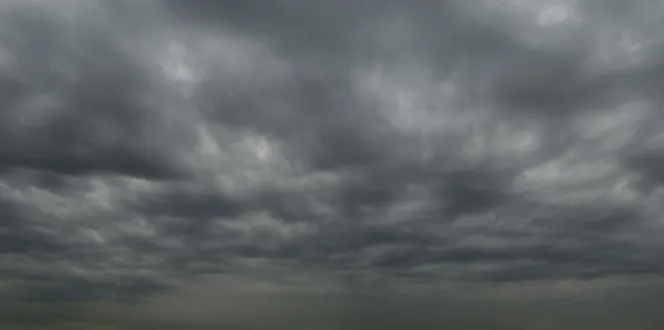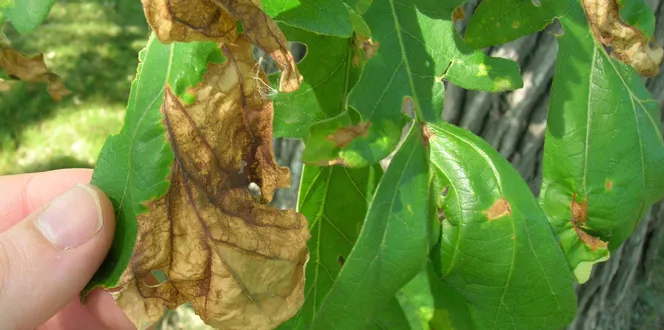A roar of thunder, an electrifying strike of lighting or a vicious gust of wind—while we stay indoors, our trees are forced to weather the storm.
We already do our best to keep trees in tip-top shape, so they’re protected from storm damage. But what if they still fall victim to the elements?
Whether light or severe, storm damage to trees can be alarming. Read on to find essential steps for inspection and repair if your tree is injured during a storm.
Repairing Storm Damaged Trees
First and foremost, your safety is the top priority. If storm damage left large hanging branches or broken power lines, call your arborist to assess the situation immediately. That limb could fall at any moment, and broken power lines could still be live, so avoid them at all costs.
How To Inspect A Storm Damaged Tree
After a storm, walk around your tree and look for these danger signs:
Hanging or broken branches
Splits in tree branches
Broken or uneven tree top, called the canopy
Decay, holes, splits or cavities in tree trunk
Heaving soil at the base of the tree
Pulled or visible root system
Uprooted or toppled tree
If you spot any of these signs, it’s usually best to phone a professional because your tree poses a risk and could fall or break at any time. Use your discretion, and know a certified arborist can help with every step of the process. They can clean up storm debris, repair damaged spots by pruning and determine if your tree needs to be removed.
Or if you’re curious, learn more about the most common tree injuries and what to do next below.
What To Do When You Find A Broken Tree Limb
Prune small, broken branches to prevent further damage. Pests see an opening in the tree as an invitation to settle in, which can be especially harmful as your tree needs extra strength to heal.
Do not attempt to prune large branches or branches that are too high up.
Prune broken limbs back to the point where they join a larger branch. If there are strips of bark protruding at the breaking point, remove the branch and smooth the wood with a saw.
For injuries like those in #2 and #3, call a professional arborist, so the tree heals correctly and no one gets hurt.
How To Save A Split Tree
Minor splits on branches that are not hanging or otherwise deformed should heal on their own. Think of these as small paper cuts that will be better before you know it!
If the split looks like a gash and is still connected to an unharmed branch, smooth the bark out to help the healing process. Think of these splits as more serious injuries that need stitches to heal.
Severe splits on larger branches or the trunk aren’t an easy fix. These splits are like if you broke your finger and cut it badly–a bandage just won’t cut it at this point. You need to go to the doctor, and the same is true for your tree.
For splits listed in #2 and #3–or if you’re not sure how severe the split is–it’s always better to phone for help sooner than later. Plus, consultations at Davey are free.
What To Do If The Top Of The Tree Broke Off
Do not top the tree–even if limbs in the tree’s canopy broke off. Cutting off the top of a tree can significantly alter its structure and leave it vulnerable to infestation.
Assess whether most of the tree’s crown is still intact.
If at least 50 percent of your tree’s canopy is undamaged, it can usually stay afloat–with help from your local arborist. But if your tree lost more than 50 percent of its top, it may have to be removed.
Your arborist can give you a definite answer and provide next steps after seeing the tree in person.





